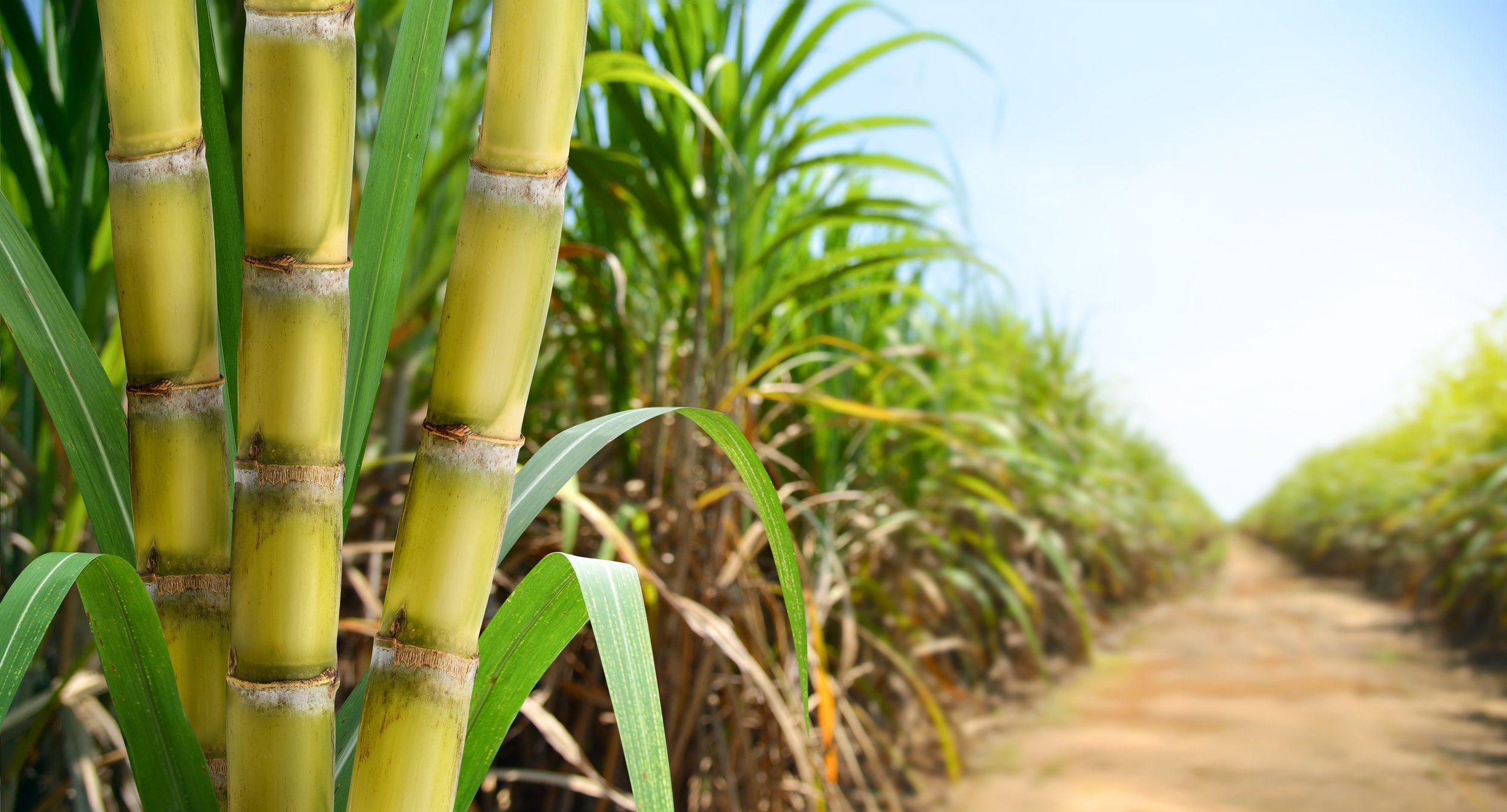Rum in The Caribbean
The Story of Rum
We believe that any true rum enthusiast naturally looks to the Caribbean as the spirit’s ancestral home. Regardless of where rum may have first been distilled, rum aficionados widely agree that the Caribbean is its spiritual birthplace. Our story of rum here can be traced back to Christopher Columbus’s second voyage across the Atlantic, when he introduced sugarcane to Hispaniola—a seemingly simple act that ultimately transformed the demographics of this region.
When European colonizers realized sugarcane thrived in the fertile soils of many Caribbean islands, they needed a substantial labor force to cultivate and harvest this demanding crop. Tragically, the indigenous peoples of the Caribbean were unable to withstand both forced labor and the diseases brought by Europeans. Seeking another source of cheap labor, planters turned to the West Coast of Africa, transporting enslaved men, women, and children across the Atlantic under harrowing conditions. Many did not survive the journey, and some chose death over a life of bondage.
Upon arrival in the New World, these enslaved individuals were sold at auction to the highest bidder, then forced to work on sugar, cotton, and tobacco plantations, often owned by absentee landlords. This brutal chapter in history shaped the region’s culture and economy, and it stands as a somber reminder of the true human cost behind rum’s development in the Caribbean.

The Molasses
When the sugar cane was harvested the cane was crushed to extract the cane juice. This was then boiled to make sugar, which fetched very high prices in Europe. The leftover dark brown thick liquid byproduct of sugar production was molasses. Originally this was just discarded into the nearest river or ocean. However, after a while it was discovered that if the molasses was left alone and diluted with rain water it would ferment with the natural yeasts in the air and a weak alcoholic mixture or drink could be made. This raw, harsh alcoholic drink was usually only drunk by the slaves, their masters preferring the traditional European wines and cognacs.
This early form of rum was not the carefully crafted liquor that it is today. It was a harsh, raw, unaged spirit, often called kill-devil. It would takes centuries before rum would begin to shake off the image of this raw, harsh spirit, that was only normally drunk by the slaves and drunken sailors.
When more Europeans came to settle the Caribbean Islands many of them came with distilling expertise from their homelands. It was only natural that they would begin to try to make alcohol from locally available products and in the case of the Caribbean this was sugar cane and molasses.
Small distilleries began to spring up all over the islands. Rum production was to prove another welcome source of income to the already wealthy plantation owners. Rum was also used to keep the friendly colonial navy ships visiting the islands, which in turn would deter the marauding pirates from visiting.
Most modern day rums are still made from molasses, that is diluted with water and then has yeast added for fermentation. After varying lengths of fermentation the “wash” is then distilled, either in a single batch copper pot still or in the more economical multi-column still. The exception to using molasses is in many of the French islands, who ferment the freshly cut sugar cane juice. This process is seasonal and the cane juice must be fermented quickly after harvesting to gain the maximum sugar content from the cane.
After the wash is distilled it leaves the still as a clear white liquid of varying strengths. Often the rum is sold as an un-aged fairly raw spirit, but more often than not it is stored and aged in oak barrels. These barrels are typically once used former Bourbon American Oak barrels. Bourbon by law can only be aged in new barrels, so there is a constant supply for Caribbean rum producers of these barrels. These oak barrels over time will take off all the raw edges off the rum and will change the colour of the rum to varying shades of brown, similar to the oak it is being aged in.
While being aged, the rum will evaporate through the pores of the oak barrels. This evaporation is called the Angels Share and the rates of evaporation are much higher in the Caribbean than in the colder climates of temperate countries. It then comes down to the Master Blender to decide when to remove the rum from the barrel for blending and bottling, before too much rum is lost to the Angels and it does not become profitable to store the rum any longer.
Rums have endless styles and flavours around the Caribbean. The main reason for this is that there are no common laws governing rum production in the rum producing countries. But, this does allow the consumer endless choices in what are considered the best rums in the world from the birthplace of rum, the Caribbean.



